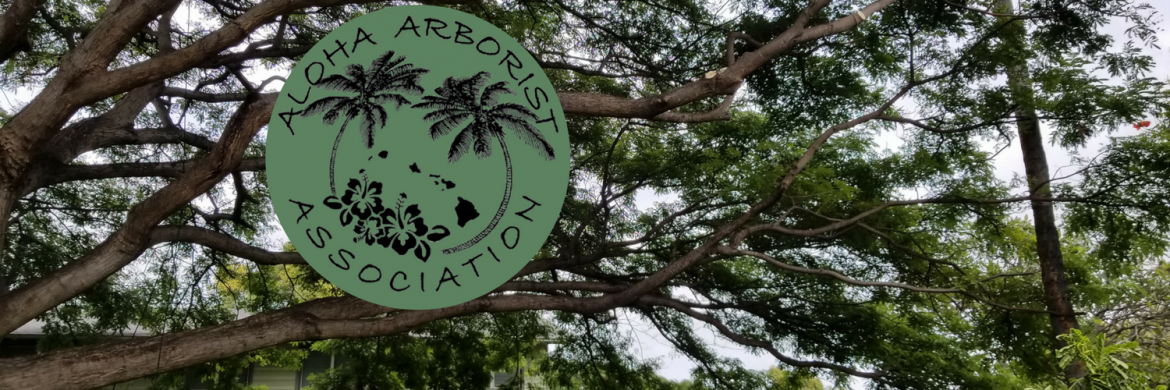- Hosts: Recorded on 38 genera of plants from 27 plant families and over 100 different species. Common on avocado, breadfruit, citrus, coconut, kamani, Indian banyan, macadamia, mango, palm, paperbark, plumeria, sea grape, and tropical almond.
- Distribution: Native to Central American and the Caribbean region. First reported in Hawaii in 1978 and is now present on all of the major islands.
- Damage: (1) Direct – damage caused by piercing and sucking of sap from foliage. Usually insufficient to kill plants. (2) Indirect – damage due to accumulated honeydew and white, waxy flocculent material. The honeydew serves as a substrate for sooty mold. The flocculent material is spread by the wind and can create an unsightly nuisance. (3) Virus transmission – damage from virus transmission can be considerable. These viruses cause over 40 diseases of vegetable and fiber crops worldwide.
- Management: (1) Non-chemical control – five natural enemies were introduced into Hawaii from the Caribbean to control whitefly populations. Three have proven effective and provide adequate control. One ladybug controls high population densities of whitefly. Two parasitic wasps control low population densities. (2) Chemical control – contact and systemic insecticides recommended for other pests on the same plant hosts may temporarily reduce whitefly populations.
Source: Aleurodicus dispersus (Russell) – spiraling white fly, by Jayma L. Martin Kessing and Ronald F. L. Mau, University of Hawaii Department of Entomology, Crop Knowledge Master, January 1993.

Spiraling whitefly on plumeria. Photo by Dr. Scot Nelson, UH CTAHR
